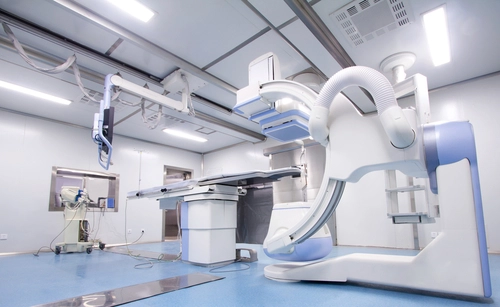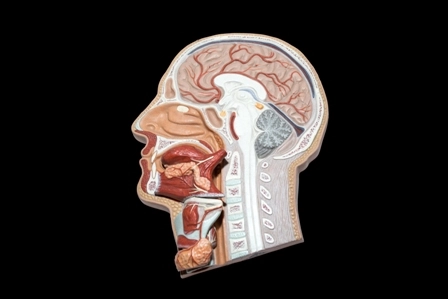Radiology Coding Alert
You Be the Coder:
Bone Up on Your Bimalleolar Fracture Coding Skills
Published on Tue Jan 25, 2022

You’ve reached your limit of free articles. Already a subscriber? Log in.
Not a subscriber? Subscribe today to continue reading this article. Plus, you’ll get:
- Simple explanations of current healthcare regulations and payer programs
- Real-world reporting scenarios solved by our expert coders
- Industry news, such as MAC and RAC activities, the OIG Work Plan, and CERT reports
- Instant access to every article ever published in Revenue Cycle Insider
- 6 annual AAPC-approved CEUs
- The latest updates for CPT®, ICD-10-CM, HCPCS Level II, NCCI edits, modifiers, compliance, technology, practice management, and more
Related Articles
Other Articles in this issue of
Radiology Coding Alert
- CPT®:
Capture Every Cardiac MRI Code for This COVID-19 Patient
Know which clues in the physician’s notes point to pharmacologic stress testing. Approximately one-fifth of [...] - Guidelines:
Do You Know the Difference Between Foreign Bodies and Implants? Find Out
Here’s how to identify an implant that comes loose and what it means for coding. [...] - MRIs:
Dive Into Specifics to Properly Code MRIs
Contrast aids in detecting tumors in the body. Radiology practices see a variety of patients [...] - You Be the Coder:
Bone Up on Your Bimalleolar Fracture Coding Skills
Question: A patient experienced a hard fall in their home and presented to the emergency [...] - Reader Questions:
Avoid ‘Excludes1’ and ‘Excludes2’ Note Confusion With This Advice
Question: I’m still unclear on the rules surrounding Excludes1 and Excludes2 notes. Could you please [...] - Reader Questions:
Don’t Feel Constricted When Coding Foot Contractures
Question: I have encounter notes that indicate the radiologist diagnosed the patient with contracture of the [...] - Reader Questions:
Learn How to Properly Code a March Fracture
Question: A patient was referred to our radiology practice by their primary care physician (PCP) to [...]
View All




